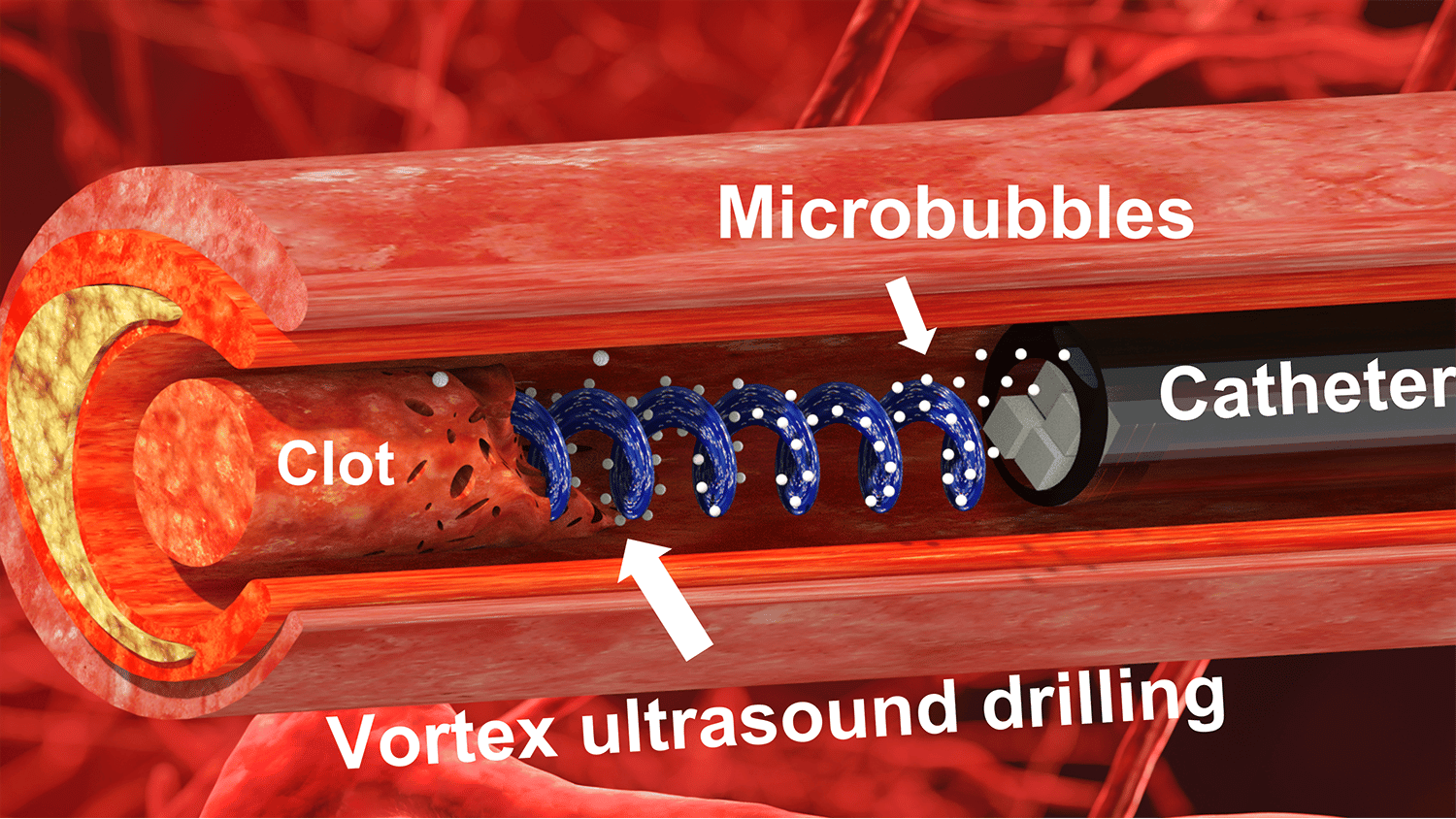Researchers from Harvard and Columbia University developed a process to convert the light that we see into infrared light. The newest method could be useful in the medical field, where fine-tuning of noninvasive infrared light is crucial for patients suffering from cancer.
How to Convert Visible Light into Infrared Light
The research team from Columbia University and Harvard published a study in the journal Nature where they explain how the revolutionary process works. Multiple experiments included exposing a novel material to the visible light. The material changes the electron transfer. If not stimulated, the compound would react quite slowly.
Tomislav Rovis, professor of Chemistry at Columbia University and the paper’s co-author noted that their discovery is exciting because they “were able to perform a series of complex chemical transformations that usually require high-energy, visible light using a noninvasive, infrared light source.”
The approach is called triplet fusion upconversion. In other words, infrared photons become a single light photon after a series of processes. The method harvests even the low-energy infrared light for conversion.
Luis M. Campos, Associate Professor of Chemistry at Columbia said in a statement that “with this technology we were able to fine-tune infrared light to the necessary longer wavelengths, allowing us to go non-invasively through a wide range of barriers, such as paper, plastic molds, blood and tissue.”
Photodynamic therapy, the treatment of some forms of cancers might become less invasive with the new approach. A special drug or photosensitizer is given to patients to stop the growth of cancer cells when triggered by light. Since the light currently used can go only to the surface, it’s hard to cure inaccessible cancers in the body.
Luckily, photodynamic therapy that uses the non-toxic drug and infrared light could target only cancer cells, thus leaving other areas of the body intact.
Infrared Light for Various Future Treatments
The team hopes to introduce infrared light into treatments of other diseases, such as brain injuries, damaged nerves or spinal cords and even hearing loss. Campos also mentioned that the research “opens up unprecedented opportunities to change the way light interacts with living organisms.”







